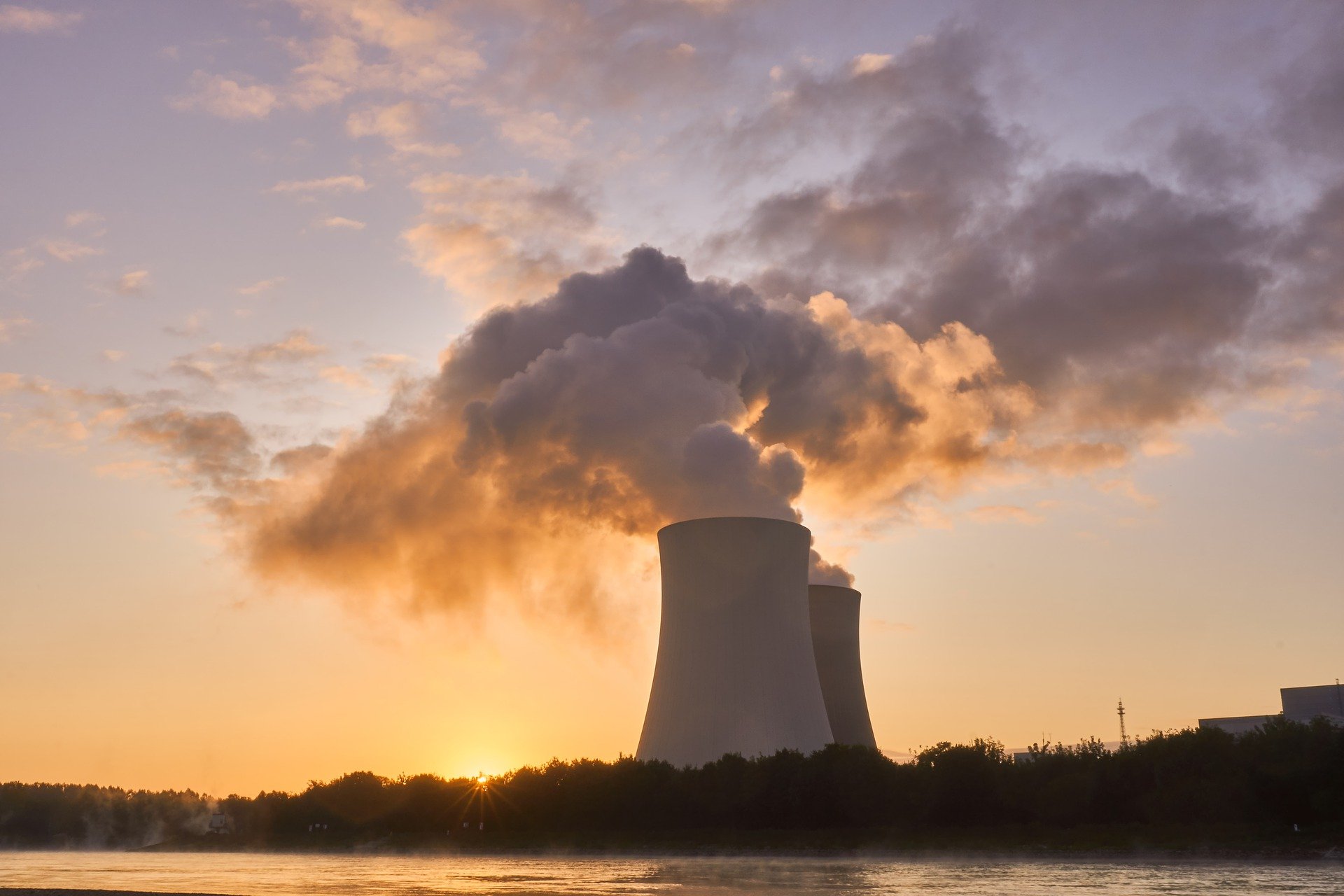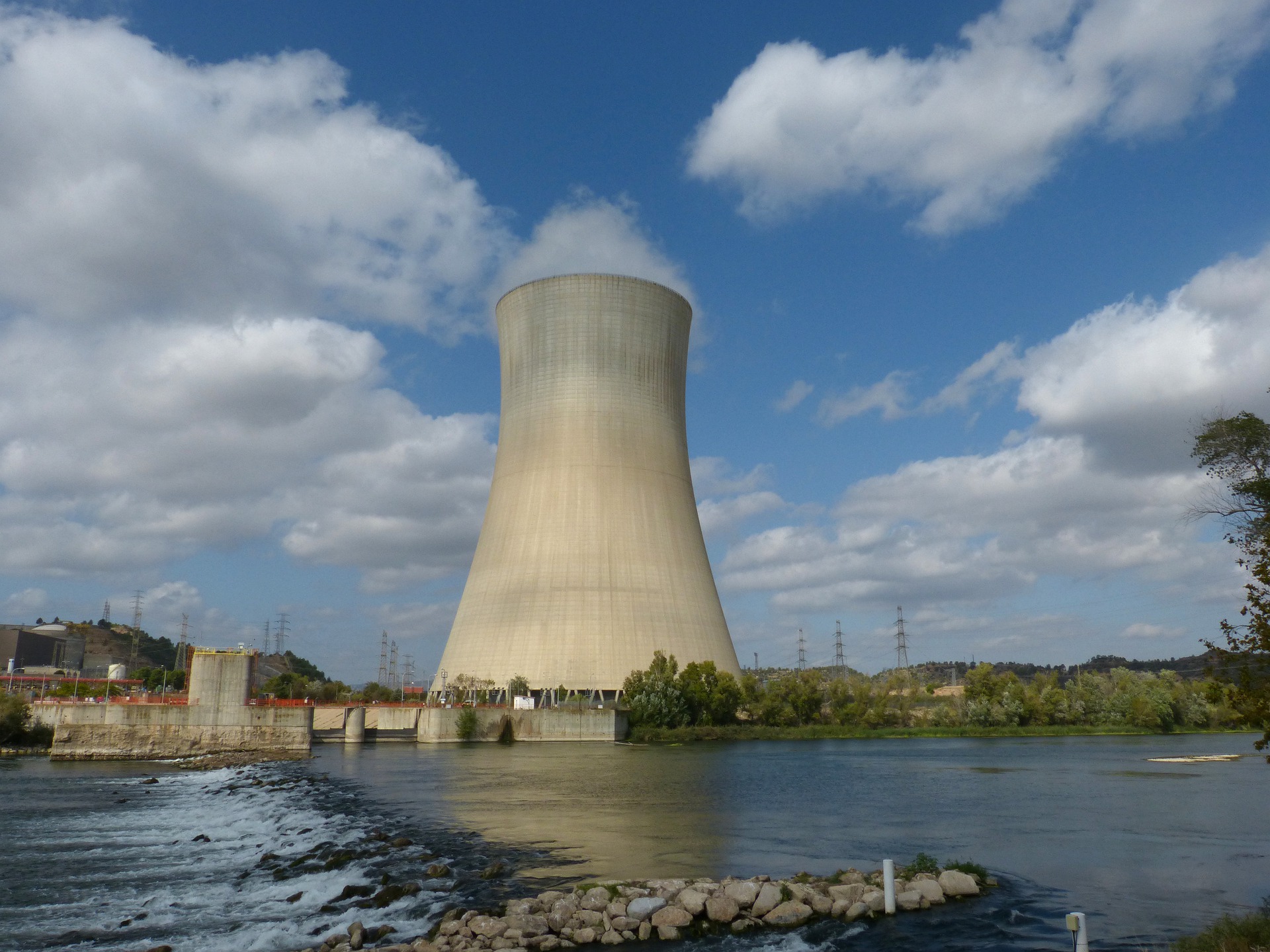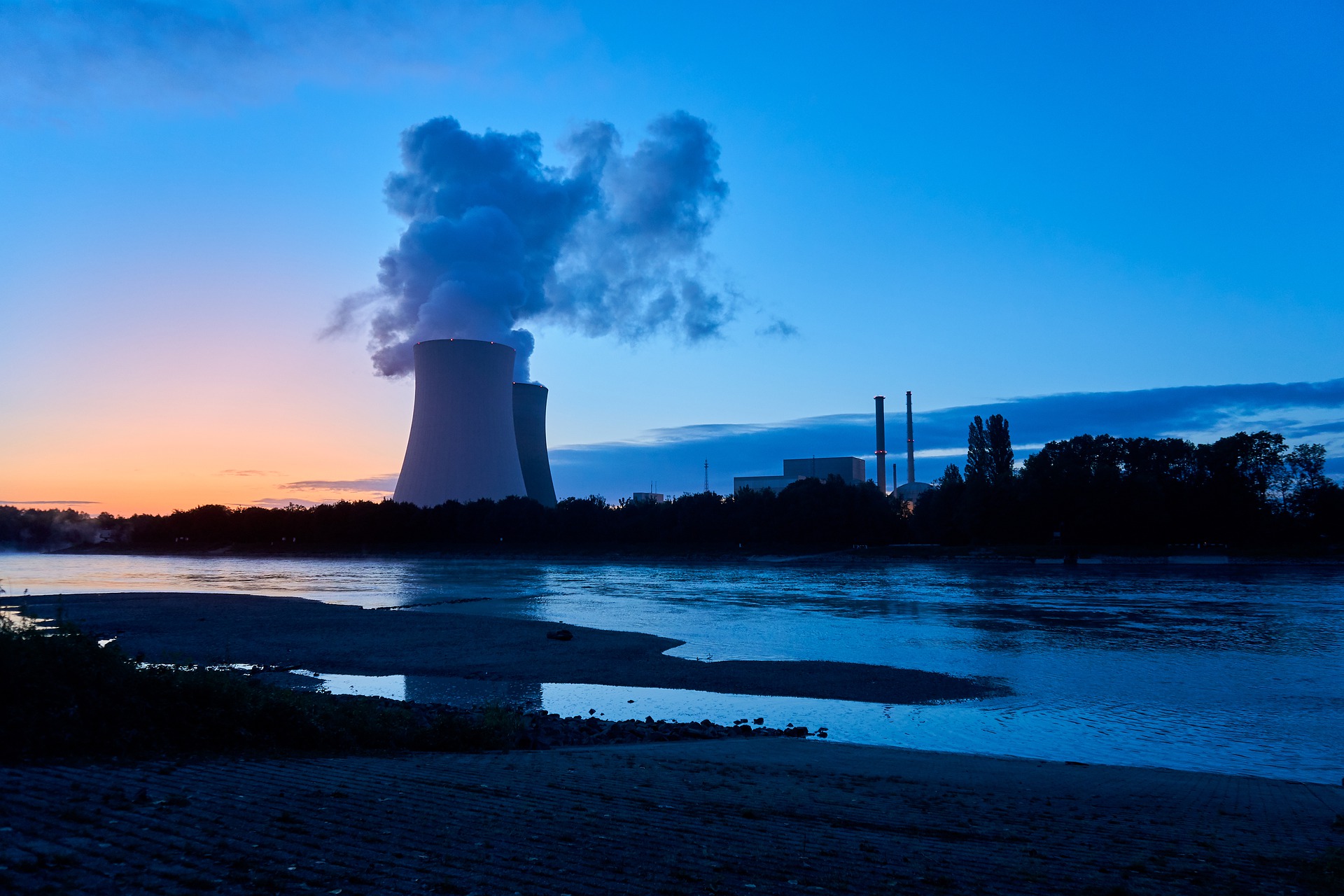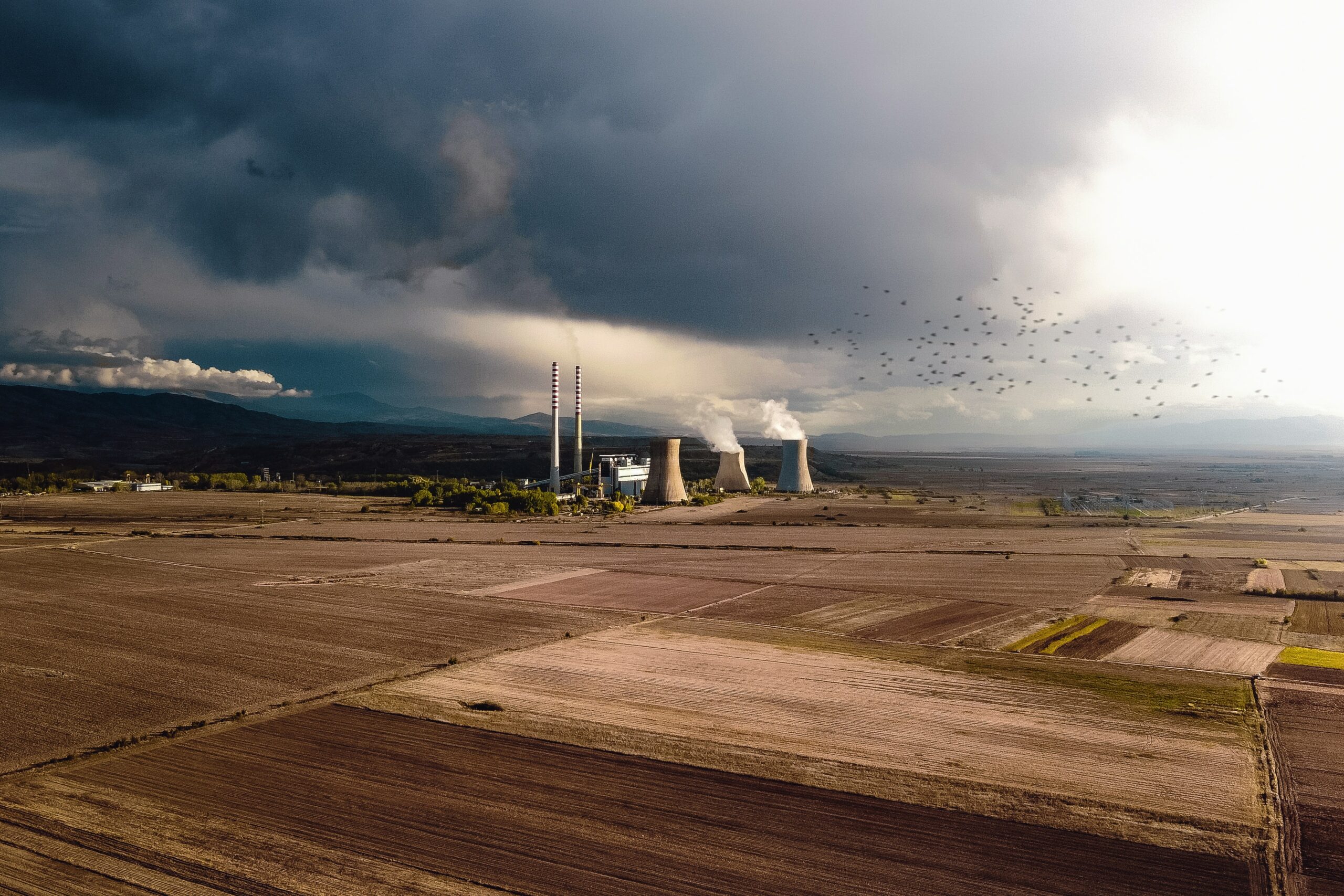Nuclear power facilities generate about 10% of the world’s total electricity. Nuclear fission, a nuclear reaction that produces heat energy, is used in Nuclear Power Plant . Atomic fission on heavy materials such as Uranium and Thorium is accomplished by using a nuclear reactor. Unlike conventional thermal power plants, the rest of the power plant is nearly identical to its counterpart.
Nuclear fission produces a significant amount of heat energy. Can find nuclear fuel in vast quantities all around the planet. Nuclear power facilities benefit significantly from this because it lowers the transportation costs for fuel. Because of this, Nuclear Power Plant can assure a steady flow of electricity over an extended period.
Nuclear power plants have the following essential components:
Nuclear Reactors:
Fission occurs when heavy atom nuclei are broken apart, releasing a massive amount of energy in the process. Heavy elements’ nuclei are bombarded with neutrons traveling at a slow speed to induce nuclear fission. Energy and additional neutrons are released as the nuclei disintegrate, leading to further atom fission.
Thus, you must control the chain reaction. If not, there’s a risk of an explosion. Fuel rods, control rods, and moderators make up a nuclear reactor. Pallets of fuel are contained within the fuel rod. The neutron-absorbing control rods are made of cadmium.
They are introduced into the reactor and moved in or out of the reactor chamber to control the reaction. Graphite rods or the coolant itself might serve as the moderator. Before the neutrons hit the fuel rods, the moderator slows them down. To conduct nuclear fission, a nuclear reactor must be used. A shield protects the reactor since nuclear fission is radioactive.
Among the most common types of nuclear reactors are the following:
A device that heats water to a boiling point. As it exits the reactor, steam is generated and then circulated through the steam turbine. In a BWR, the cooling water comes into close contact with the fuel rods and the turbine, which might be problematic. In some cases, radioactive material may be applied to the turbine’s blades. One coolant loop is used in this reactor. In the reactor, the water is allowed to boil.
The PWR (Pressurized Water Reactor):
The coolant water in a PWR engine acts as a moderator, reducing the amount of heat generated. For these reasons, pressurized water reactors are the most popular type of reactor. This reactor uses water as a cooling medium. To avoid boiling, the coolant is kept under extremely high pressure.
Following the heating process, the heated water is transferred via a heat exchanger, which converts water from a secondary cooling loop into steam, then releases it into the environment. Thus, there is no radioactive material in the secondary loop.
Alternator:
In Nuclear Power Plant the alternator’s electrical output is sent to a step-up transformer, transmitting it over longer distances. The alternator’s shaft is rotated by the steam turbine, which generates electricity.
In a heat exchanger:
Boiling water reactors do not have a heat exchanger. No data from the primary or secondary systems can ever enter the primary system in a closed-loop system. Since radioactive material might leak into the secondary system, heat exchangers are vital for the overall system design. The primary coolant in the heat exchanger transmits heat to the secondary coolant. As a result, the secondary loop’s water gets turned into steam.
Condenser:
Afterward, the steam from the turbine is condensed in a condenser to return to the water. Passing the steam through a third cold water loop cools it down to the proper temperature. A steam turbine is a machine that generates electricity.
A spinning shaft connects steam turbines and alternators. When the steam turbine is running, it’s because of the pressure of the steam. The steam pressure gradually lowers as it passes through the turbine blades, and it expands in volume.
What Is The Process Of A Nuclear Power Station?
Doel nuclear reactors use uranium as their fuel. Uranium occurs in three different forms in nature. There is a minor amount of uranium-234 and 99 percent uranium-238 in them. U-235 has a fissile nucleus, while uranium-238 has a non-fissile heart. Uranium-235 is added to the mined uranium mixture to increase its concentration to 4%.
That’s the optimal concentration for a chain reaction to take hold. There are three Nuclear Power Plant which are wholly different water circuits with a pressurized water reactor like the one in Doel . Circuits are divided into three groups: primary, secondary, and tertiary. The reactor’s equipment consists of a vast steel vessel with thick walls to house the fuel rods.
Small uranium oxide fuel pellets are used to fill them. Rods are arranged into bundles and then inserted into the reactor in this manner. The primary circuit’s water absorbs the heat generated by the fission of uranium nuclei. As a result, the temperature quickly rises to an extremely high level. So that the water does not boil or produce steam. Therefore ,These are the processes of Nuclear Power Plant .
The steam generator, a heat exchanger, is where the hot water is sent after that. This is a cylindrical tank with hundreds of pipes arranged in the shape of a U in reverse. The secondary circuit’s water receives heat from the water flowing through these pipes. Outside of the pipes, the water flows. This steams as it becomes hotter.
A pump then returns the heated water to the reactor after the primary circuit has completed its work. Steam is generated by nuclear power plant steam turbines. Shaft-mounted blades make up this type of tool. Steam pressure causes the shaft to rotate at a rapid rate. As a result, the turbine powers an alternator, which in turn generates power.
Similar to a bicycle’s dynamo. The use of transformers raises the alternator’s output voltage. To deliver electricity to end-users with the least amount of loss possible. Afterward, the hot water is fed into the cooling tower.
A rising current of air cools things down here. As a result, the chimney effect. The majority of this water is gathered at the bottom of the cooling tower and returned to the condenser. Only a trace amount of water vapor is expelled from the cooling tower.







